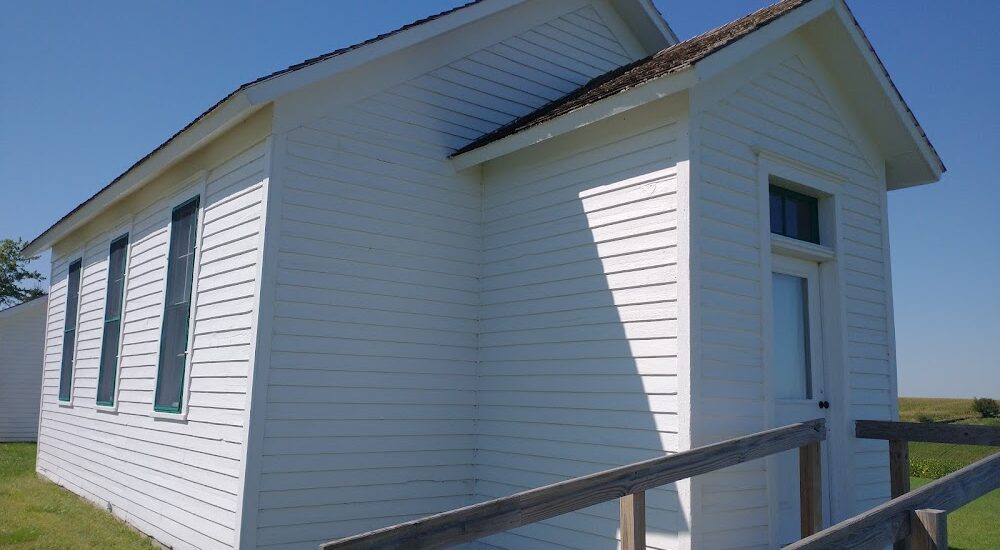Welcome to the Icarian Colony Historic Marker, a site that stands as a testament to one of America’s most intriguing utopian experiments. In the mid-19th century, the visionary French politician and philosopher, Étienne Cabet, led a group of his followers across the Atlantic to establish a series of communal societies based on principles of equality and shared living. The Icarians, as they were known, sought to create an egalitarian society that would transcend the social inequalities of the time.
The Corning, Iowa, colony, established in the 1850s, became one of the longest-lasting Icarian settlements in the United States, enduring for nearly half a century until 1898. This settlement was more than just a social experiment; it was a thriving community where members lived and worked together, sharing resources and responsibilities equally. This was a bold endeavor long before the 20th century’s political experiments with socialism and communism.
Étienne Cabet himself was a fascinating figure. Born in Dijon, France, in 1788, he was a lawyer turned revolutionary, who became disillusioned with the political climate of post-revolutionary France. His vision of a utopian society was largely inspired by Thomas More’s ‘Utopia’ and his own experiences of political exile in England. Cabet’s writings and ideas garnered a considerable following in France, leading to the eventual migration and establishment of Icarian communities in the United States.
The Corning settlement, known for its progressive ideals, even advocated for the rights of women to vote, showcasing its forward-thinking approach to social equality. However, internal disagreements and the pressures of surrounding capitalist society eventually led to its dissolution. Despite its end, the Icarian Colony left an indelible mark on the landscape of American social experiments and continues to be a point of interest for historians and sociologists alike.
Today, this historic marker serves as a reminder of Cabet’s bold vision and the Icarians’ dedication to creating a more equitable world. As you stand here, imagine the bustling communal life that once thrived on these very grounds, a unique chapter in the rich tapestry of American history.





